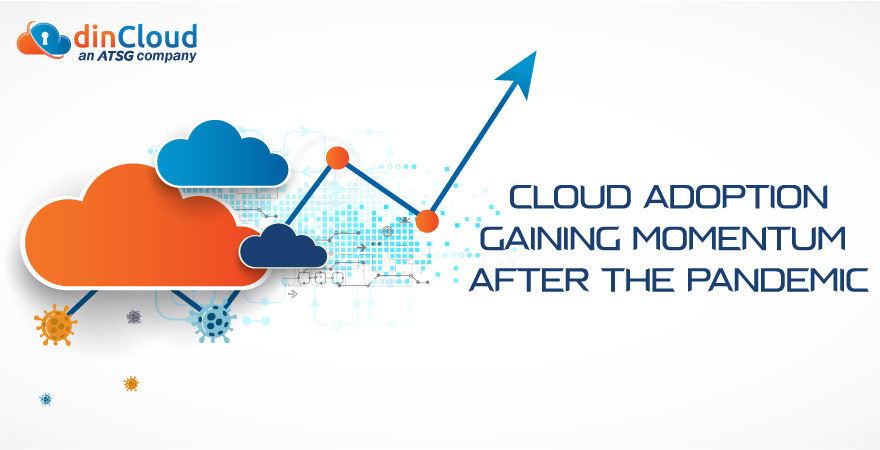The Covid-19 crisis shook-up the economies of the whole world. With different countries enforcing smart lockdowns, and compelling people to quarantine, businesses had to move their operations to Cloud-native IT solutions.
When the global economy was hit by such a huge blow, businesses had no option but to shift their operations online. We saw an accelerated movement to the Cloud-based ecosystem.

Businesses were more inclined towards those Cloud-native ecosystems that not only provided flexible and agile work environments, but also kept their sensitive and confidential data protected. Cloud-native technologies are no longer restricted to just new, upcoming businesses. The traditional organizations are also trying to inculcate this into their traditional, on-premise infrastructures.
Related: Current State of Cloud Adoption in Healthcare
Mindset for Cloud-Native Approach
Containerization is another very effective virtualization approach which allowed organizations to deploy business applications as small, independent chunks of code. Users can work on these applications, programs and their dependencies using protocols that are isolated from full fledge Operating Systems (OS). Companies opt for containers, generally, when they move to the Public Cloud. The decision to either go for monolithic applications, or Cloud-native ones, requires a shift in mindset.
Monolithic is a traditional way of designing applications, where a single codebase is used for all functionalities of an application. Cloud-native applications, on the other hand, modularize each of the functions which have proven to be efficient, quicker and safer for delivery. Here, alteration can take place by tweaking a single service and deploying independently from the rest of the functions, within the application.
Related: dinCloud – Solving the “Key Challenges of Cloud Adoption”
The dynamic shift, in how applications are built these days, depends on the application architecture. As more and more applications are now re-architected into microservices running on containers, we need to give developers the control and visibility into how these applications are managed, controlled and operated.
dinCloud, an ATSG company, provides Cloud Hosted Virtual Desktop (dinHVD) and Virtual Server (dinHVS) solutions in order to build flexible and agile application architectures, with the help of microservices. This enables enterprises to incorporate changes without impacting the implemented environment.
Related: Factors that are Accelerating Cloud Adoption by Governments
The Future of Containerization
Cloud-native technology enables IT infrastructure’s self-service. The capabilities of containers are evolving in the dynamic Cloud-native applications. Developers now have capabilities, within the platform, to make changes and deploy without having to get IT involved to protect the data.
Downside to self-serve is where important tasks are left undone, developers assume IT will do them and IT department, in turn, presumes that developers would have completed the task. This is where Open Policy Agent (OPA) comes into play. OPA is a policy engine that ensures and defines ownerships, so key tasks are not left un-done.
We have seen a rapid shift from the traditional way of doing things to new and improved techniques, one of the major ones, as discussed, is from monolithic applications to Cloud-native approach. This approach provides the agility and control that customers used to dream of at one point. Earlier, a minor tweak, within an application would require an entire application to experience downtime, which would mean playing a waiting game and praying that nothing breaks.
Related: 93% of IT Companies all Set to Adopt Cloud Computing
Conclusion
The broad business landscape has drastically changed over the last two and a half years. Business leaders are willing to invest capital in the development and further expansion of Cloud-native technology across their organizations.
The organizations that previously only had a handful of clusters, now have so many that managing them is a task in itself. dinCloud, an ATSG company is always working on strengthening multi-cluster management capabilities in their VM environments.
Our Cloud Orchestration Portal, dinManage, provides your IT admins the required leverage for managing such multi dimensional IT environments.


